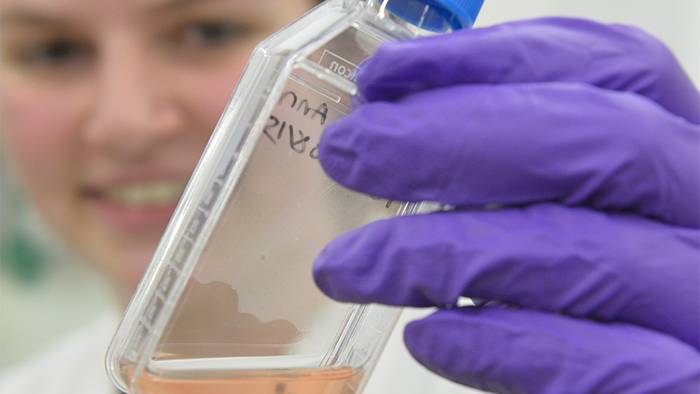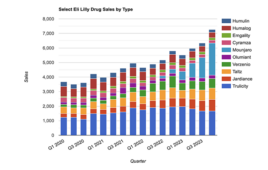 Experts from St George’s, University of London and the Instituto de Medicina Molecular (iMM Lisboa), have exploited baker’s yeast to discover how iron is controlled by the malaria parasite within the human body, providing the first detailed characterisation of an important iron transport pathway.
Experts from St George’s, University of London and the Instituto de Medicina Molecular (iMM Lisboa), have exploited baker’s yeast to discover how iron is controlled by the malaria parasite within the human body, providing the first detailed characterisation of an important iron transport pathway.
Malaria is a massive global health burden, with a current WHO estimate of around 600,000 deaths annually, although this figure could rise sharply if treatment failures associated with drug-combination therapies become widespread.
Dr Henry Staines, a senior research fellow at St George’s, University of London said iron is essential to a malaria parasite’s survival but can also be toxic at high levels.
He explained that iron is also critical to the effectiveness of important antimalarial drugs such as chloroquine and the artemisinins.
“This research will not only allow us to identify new ways to attack the parasite but will help us to understand how our current arsenal of antimalarial drugs work,” he said.
“This is important because antimalarial drugs such as artemisinin-based combination therapies are not as effective as they were in South East Asia, which is a worrying trend.”
The researchers used a mutant baker’s yeast, in which the sequence for a specific iron transport protein is removed from the yeast’s DNA.
“With the yeast mutant unable to make this iron transport protein, it loses the ability to grow when iron is present. We thought a protein from the malaria parasite might perform the same iron transporting role, as the one lacking in the mutant yeast,” Dr Staines said.
Dr Ksenija Slavic from Instituto de Medicina Molecular in Lisbon said to confirm our hypothesis, we introduced the DNA sequence for the malaria parasite protein into the mutant yeast and showed that the yeast regained their ability to grow in the presence of iron.
“A mutant malaria parasite was also created by removing the iron transporter’s gene, which resulted in reduced numbers of parasites in the liver, where they first multiply, and subsequently in the blood, at which point patients become ill”, Dr. Slavic said.
Inside liver cells, iron binding chemicals that remove iron improved how well the mutant parasites grew, adds Dr. Maria Mota from Instituto de Medicina Molecular in Lisbon, one of the senior authors of the study.
“Inside red blood cells, we found that these mutant parasites contained an increased amount of iron that could be potentially toxic, explaining the reduced numbers. Both findings imply that the gene helps the parasite to tolerate iron. This greater understanding of iron regulation in the malaria parasite could lead to urgently needed new treatment strategies,” Dr Mota said
Next up, the researchers will be looking into how the mutant parasites are impacted by anti-malarial drugs that use iron.
Source: St. George’s University of London
Filed Under: Drug Discovery




